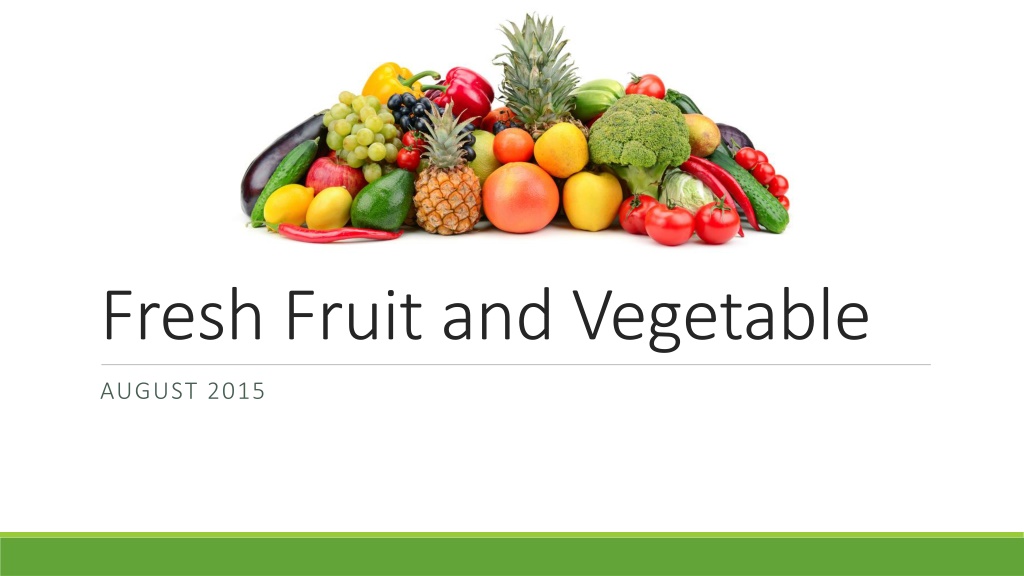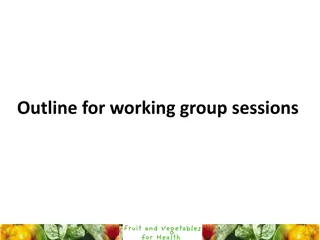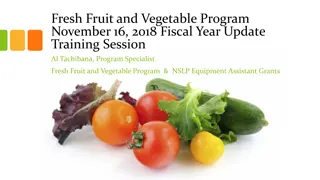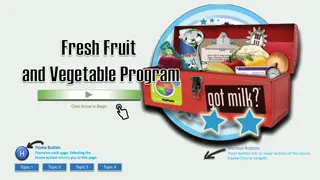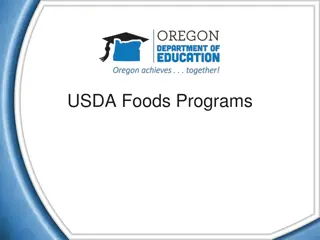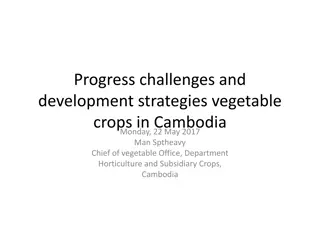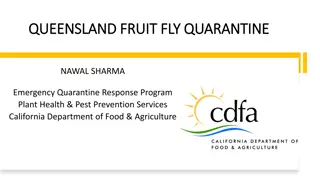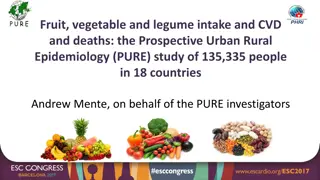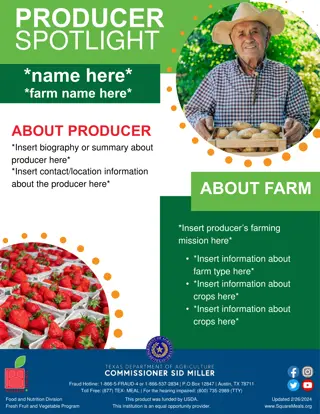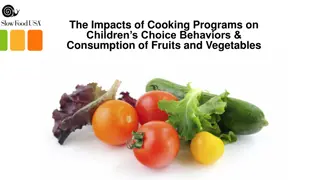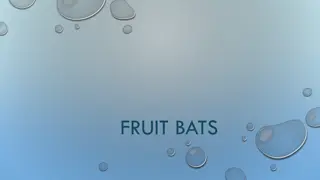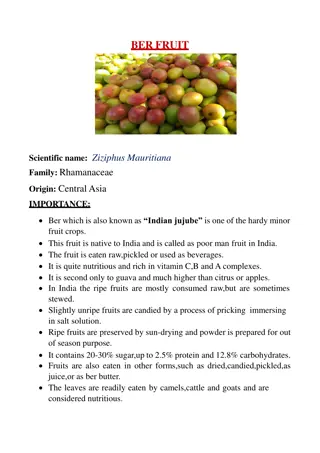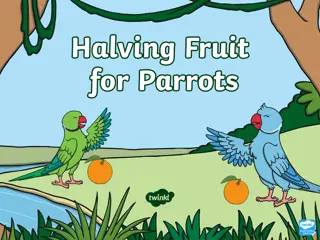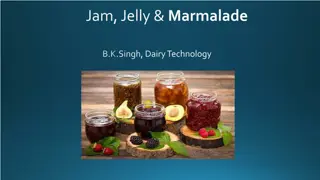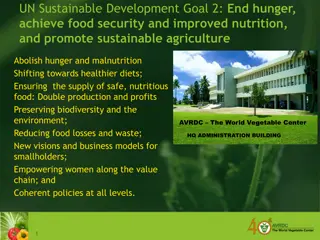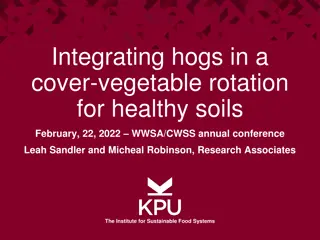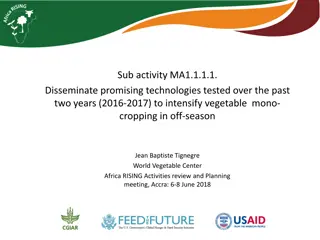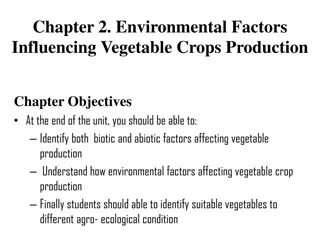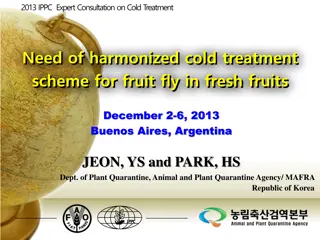Guidelines for Operating Fresh Fruit and Vegetable Program
This content provides detailed guidelines for operating a fresh fruit and vegetable program in schools participating in the NSLP. It covers key aspects such as allowable costs, administrative requirements, spending plans, service rules, and FAQ about product options. The information emphasizes the importance of compliance with program rules to ensure efficient utilization of grant funds.
Download Presentation

Please find below an Image/Link to download the presentation.
The content on the website is provided AS IS for your information and personal use only. It may not be sold, licensed, or shared on other websites without obtaining consent from the author. Download presentation by click this link. If you encounter any issues during the download, it is possible that the publisher has removed the file from their server.
E N D
Presentation Transcript
Fresh Fruit and Vegetable AUGUST 2015
School Selection Participate in NSLP Elementary school (or K-8, as applicable) High percentage of free and reduced price students Agree to program service rules
Grant Awards Per student allocation 1stQuarter: July-September 2015 2ndQuarter: October 2015-June 2016 Unspent funds are returned to USDA
Allowable Costs Operating Fresh fruits and vegetables Non-food items napkins, paper plates, serving bowls and trays, trash bags Labor costs Including salaries and fringe benefits
Administrative Costs Indirect labor Equipment purchases Must be pre-approved by CNP! Limited to 10% of grant award
Spending Plan Helps ensure funding lasts all year Helps document carryover between grant periods Must be documented on your spending plan NOT an automatic rollover Due Friday, August 14th
Service Rules Fresh fruits and vegetables Easily identifiable Dips for vegetables only Low fat or non-fat Prepared vegetables Outside of NSLP and SBP serving times
Q & A: What about zucchini muffins? Or smoothies? Processed/preserved produce Snack type fruit products Trail mix Fruit or vegetable pizzas Fruit or vegetable juice Jellied fruit
Q & A: Can we continue the pilot program? Canned/Frozen/Dried pilot during the 14/15 school year Still being evaluated Until we receive official determination, these products are not allowable in the 15/16 school year
Participation Available to all eligible students Teachers responsible for serving Enrolled pre-schoolers Not available for general adult population in the school
Q & A: What about our high schoolers? District can choose to subsidize participation Must keep clear documentation of separation of costs
Program Goals Healthier school environments Increase exposure Serve a wide variety Impact dietary choices
Alaska Highlights 51 different items 28 different fruits 23 vegetable items
Administrative Review Claim validation by CNP Supporting documentation required Claim supports allowable costs including: Minimal labor and non-food costs Equipment purchases are pro-rated No more than 10% administrative http://graphics8.nytimes.com/images/section/jobs/200703/clipart/accounting-finance-insurance-jobs.jpg
On-Site Operations Available for free to all enrolled and eligible students Service is outside NSLP and SBP mealtimes Program is publicized in the school No frozen, canned, dried, processed, or other unallowable products
On-Site Operations Low fat or fat free dips, for vegetables only Does not provide snack to ineligible adults Cooked vegetables no more than once per week, with nutrition education Follows HACCP principals, sanitation, and health standards
Training Resources Webpage Handbook Monthly bulletins eLearning
